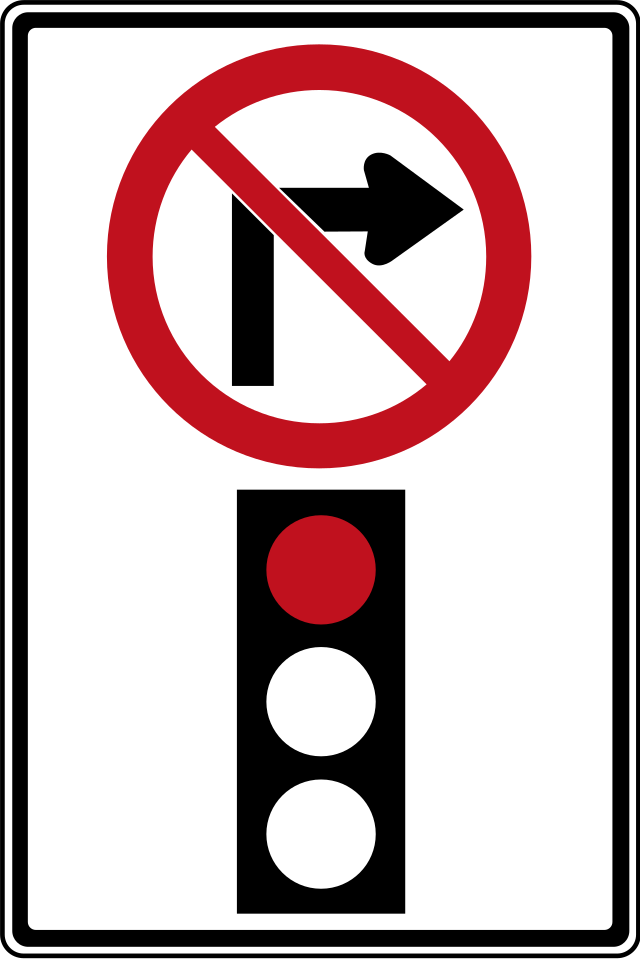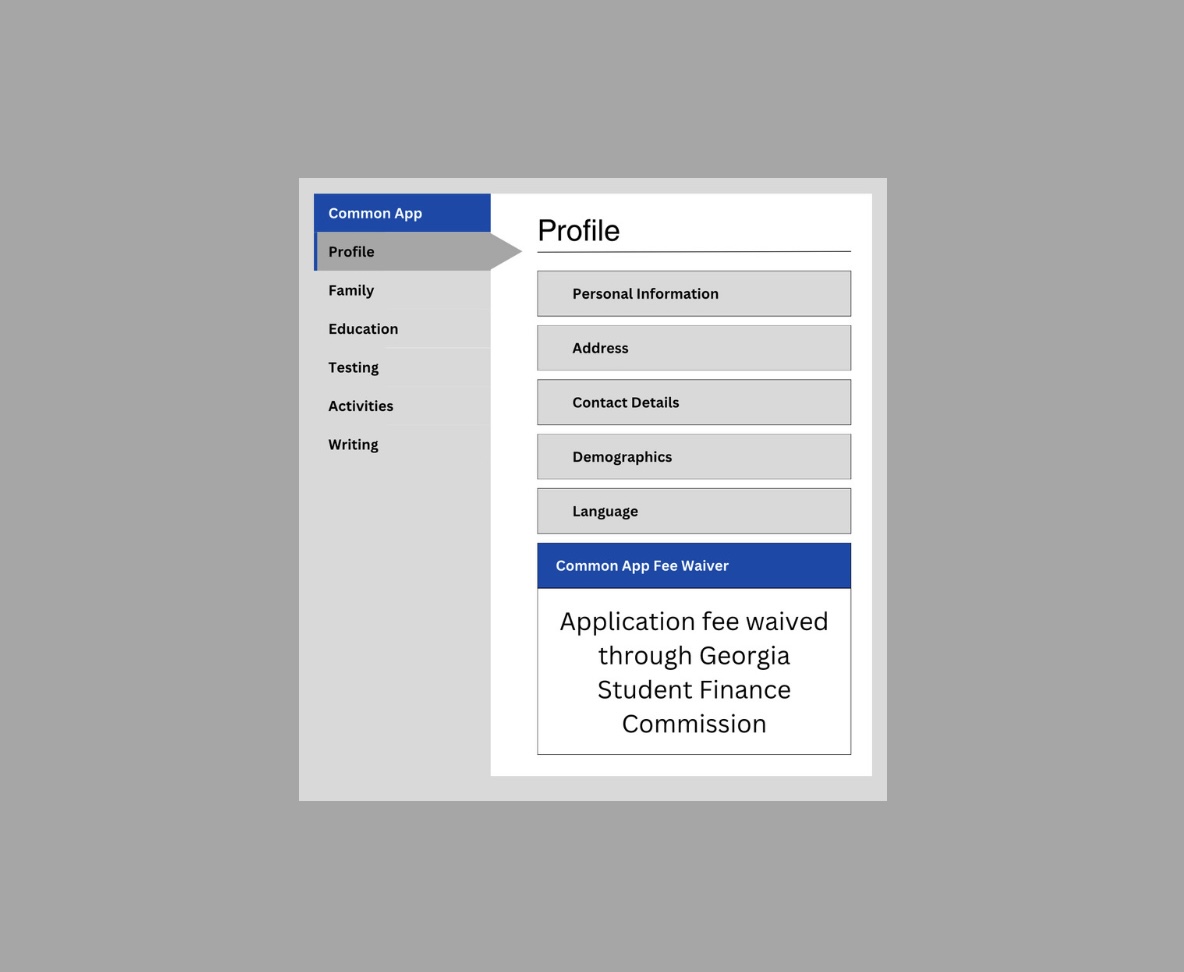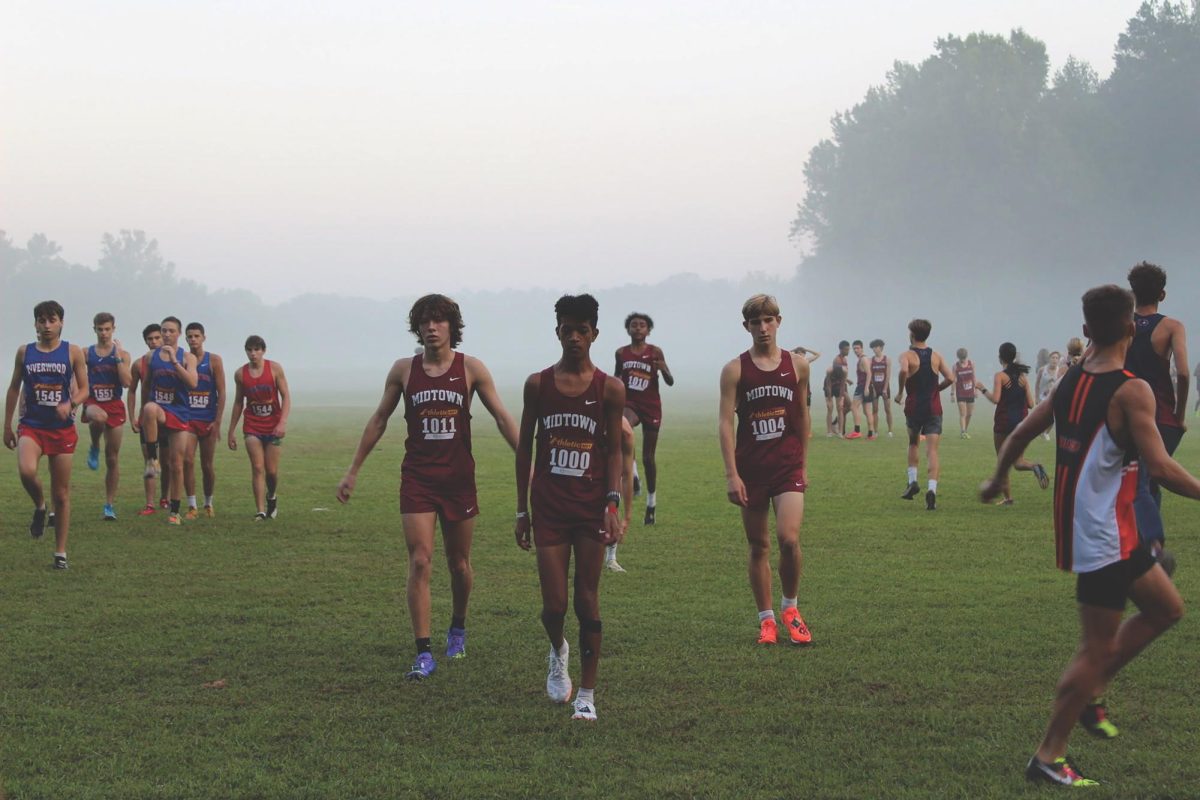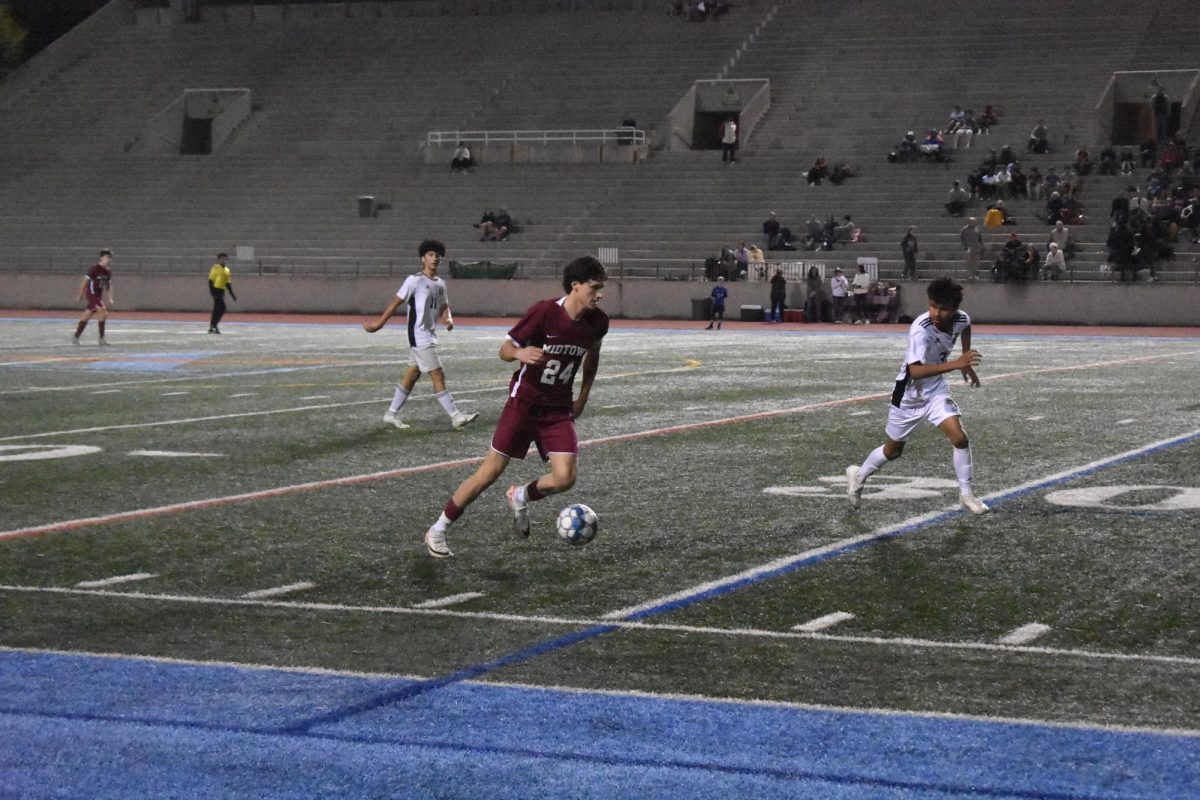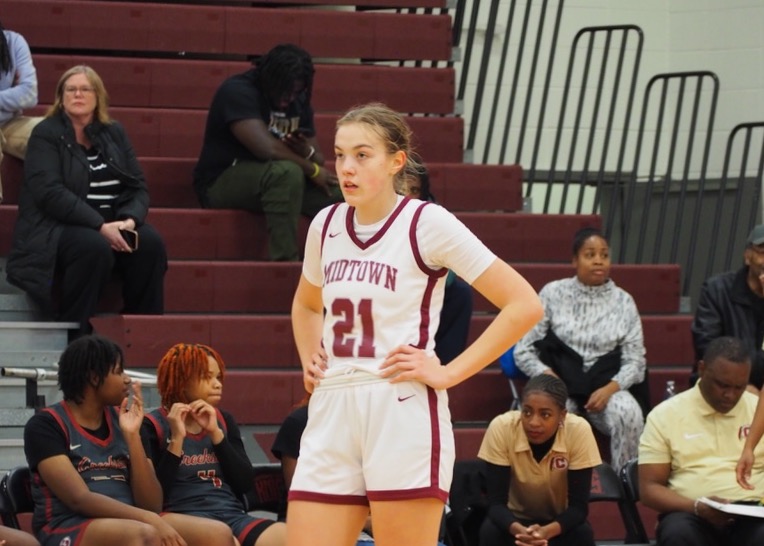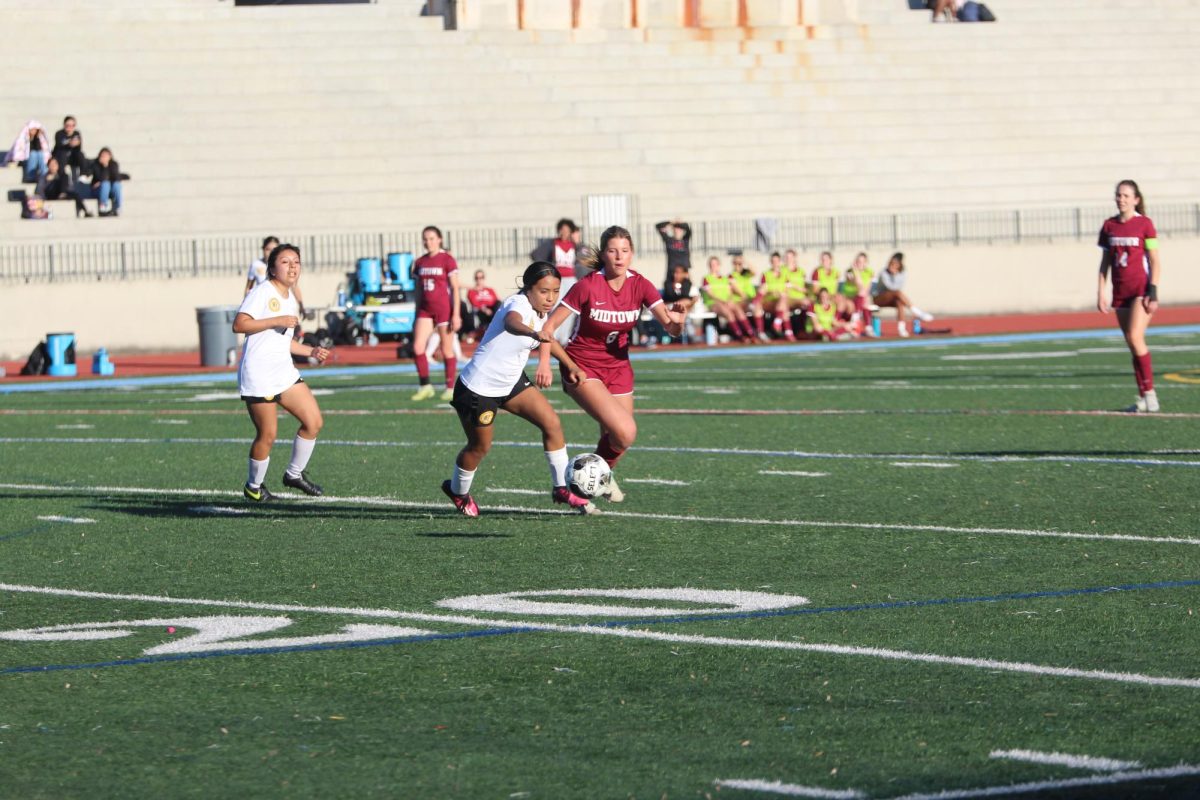You’re hit in the head while playing lacrosse and fall unconscious. You’re slammed up against the board in hockey and can’t see straight. You’re knocked to the ground in football, and your head won’t stop pounding. Concussions can happen in any sport, in any season. Concussions are the most common form of head injuries seen in athletes. High school athletes sustain an estimated 300,000 concussions per year, according to a study published in The American Journal of Sports Medicine in 2012. Responding to the heightened awareness of concussions, states across the country are implementing new concussion safety laws.
According to a study published in 2011 in the same publication, concussions in high school sports are rising at a 15 percent annual rate. Concussions occur when there is a sudden blow or jolt to the head or body that causes the brain to bounce and hit the walls of a person’s skull. When this happens, axons, or long fibers extending from the cell body, cannot effectively transmit information from one part of the brain to another. This nerve cell loss can appear as memory loss, slow reaction times, disorientation, slurred speech, headaches, impaired balance, a brief loss of consciousness or more severe and permanent symptoms.
Junior Will Taber has experienced the symptoms of a concussion. In 2011, he landed poorly while performing a mountain-biking jump. Despite wearing a helmet, he passed out and suffered a concussion. When he woke up, he couldn’t form a word; he didn’t remember his name or where he was. In the hospital, Taber was put in a dark room for five hours to shield his brain from light sensitivity. When he was allowed to leave, he went home with a bad headache and slight memory issues. Taber wishes students were more aware of the effects of a concussion.
“I wasn’t supposed to play any contact sports for six to eight weeks,” Taber said. “So yes, I think that concussion safety awareness should be a bigger deal at Grady.”
Zackery Lystedt, now a 21-year-old man from Washington State, suffered multiple concussions in a single football game he played when he was in middle school. His injury was chronicled in multiple publications, including Seattle Magazine and on the USA Football website. These sources that after being hit once in the head Lystedt came off the field but quickly returned to the game only to be hit once more. The second concussion knocked him out and put him in the hospital with severe brain damage. Lystedt was on life support for seven days, couldn’t speak for nine months and couldn’t move his right leg intentionally for four years.
Following Lystedt’s recovery, the Lystedt family went to work to convince legislators to develop rules to protect other student athletes from the consequences of concussions. As a result, Washington state passed the Lystedt Law in May 2009, which requires that athletes under the age of 18 who are suspected of having sustained a concussion to be removed from practice or a game and that the athlete in question may not return to the practice or game until they are cleared by a medical professional. The law also requires that school districts and youth sports associations educate athletes, parents and coaches each year about the dangers of concussions.
Now, according to MomsTeam.com, a website for youth sports parents, 48 states and the District of Columbia have put in place concussion safety laws modeled after the Lystedt Law. Wyoming and Arkansas are the only states without strong youth sports concussion safety laws. Wyoming’s law fails to include at least one of the key components of the Lystedt Law by making all the components optional, while Arkansas’s doesn’t have a stand-alone youth sports concussion safety law, only a set of guidelines.
The Georgia High School Association added concussion guidelines to its Constitution and By-Laws before the 2012-2013 season. After the Georgia Legislature’s Return to Play Act of 2013 went into effect on Jan. 1, the GHSA updated its policy to meet the state guidelines. The Return to Play Act of 2013 adopted the key points of the Lystedt Law: a coach must remove a player from a game if they have a suspected concussion; the player can only return to the game after he or she has been cleared by a medical professional; and parents, coaches, and athletes must be educated about the dangers of concussions. This act goes one step further than most state laws by extending the Lystedt requirements to private schools, charter schools and youth sports outside of school. In 2012, a very similar act was introduced to the Georgia House of Representatives, but did not pass
Grady implemented one additional requirement for all of its athletes. On April 29, 2013, Kathleen Washington, the Grady athletic director at the time, announced that all Grady athletes are required to take a concussion baseline test. The test, which takes about half an hour to complete, consists of lots of flashing lights and activities that test an athlete’s reaction time and memory. The purpose is to have a baseline for each athlete of his or her memory skills and ability to concentrate. If coaches suspect that an athlete has a concussion or is recovering from a known concussion, the baseline test gauges whether or not he or she is ready to return to the field.
The baseline test, however, has not been administered since the spring of 2013. All new student athletes since the 2012-13 school year have not taken the baseline test, so if a new Grady athlete were to suffer a concussion, there would be no previous data about his or her memory or concentration skills.
Grady has also implemented the student/parent concussion awareness form. Every sport is required to give a concussion awareness form to every athlete for his or her parent or guardian to sign. If an athlete doesn’t return the form, he or she cannot participate in any type of game. For some sports, like football, it is obvious why this necessary for them to read and sign. For others, like cross country, it is less so.
Jeff Cramer, the cross-country coach, sees both the negatives and the positives of the form for cross-country runners.
“I think [the form] is not necessary for cross country, but it is a wise idea to have every athlete know about concussions, so it’s good for all athletes to read it and to sign,” Cramer said.
Senior Sarah Smith knows from firsthand experience how important these new safety requirements are. She was in a soccer tournament two years ago and was kicked in the back of the head. She was not pulled out of the game until after she had been stumbling around the field for 10 minutes. Smith did not go see a doctor about her head, even though she had a bad headache, the back of her head was swollen and she lost sight for about 10 minutes.
“I could walk, talk, and I got my vision back so it seemed pointless at the time,” Smith said. “But, a few months later I went to the eye doctor because my vision was blurry.”
Although she took a week off from playing soccer, she continued to attend school. Smith believes that the new concussion laws will have a good effect in the state.
The new law in Georgia is intended to reduce the more severe consequences of concussions by identifying and addressing potential concussions as soon as they occur, and by preventing the more serious consequences from repeated concussions. It should also help identify, assess and prevent players suffering from concussions from returning to the field of play, where the consequences of playing would be more severe. Only time will tell, however, if the new law has the intended effect.


